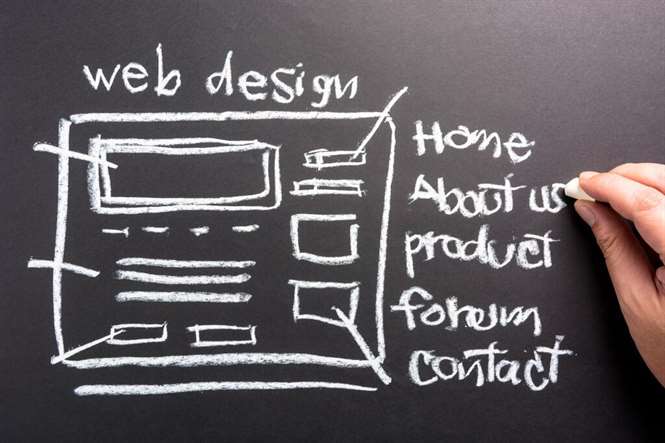User involvement and feedback before the implementation of the solution. This approach requires more technical resources and high testing expertise. Each phase delivers clear and concrete results, making it easy to control and measure success. You can make adjustments and throw in new features even in the late phase.
The next statement — team empowerment that helps to avoid rash decision-making during product development. After detailed testing, the conclusive product is released in phases as per the organization’s strategy. If it performs well, the organization sends out the product as a whole. After retrieving beneficial feedback, the company releases it as it is or with auxiliary improvements to make it further helpful for the customers.
Type #3: Validation and Verification Model –
Each team member must be able to synchronize their efforts with that of their colleagues. RAD model enables improvement of the prototypes to shape them into the desired product. Can become very pricey if the IT team misunderstands the requirements.

The SDLC is essentially a roadmap for software projects, providing structure and direction. Adopting an SDLC model can significantly enhance your software development process, offering a plethora of benefits. The initial phase involves identifying the need for a new application https://www.globalcloudteam.com/ or system. This includes having a complete understanding of the requirements of the business, assessing the existing systems, and formulating a design plan. The design phase is critical, as it outlines the software’s architecture and how it will fulfill the identified needs.
Challenges of Scaling Design Teams – 6 Best Tips
The first formal description of the method is often cited as an article published by Winston W. Royce in 1970, although Royce did not use the term «waterfall» in this article. Royce presented this model as an example of a flawed, non-working model. Produces documentation necessary to facilitate future development and maintenance. Key objective is for fast development and delivery of a high quality system at a relatively low investment cost.
- The customer doesn’t know about the requirements of the project.
- However, this same feature allows the team to make changes whenever they want.
- This includes everything from ensuring you’ve allocated the right skills to the right tasks, to keeping the project within the budget, to managing timelines effectively.
- Laying out a clear roadmap from the project’s inception to its completion allows for a more accurate estimation of timelines and resource allocation.
However, the lack of detailed planning and openness to changes make it difficult to accurately estimate budget, time and people required for the project. As software is delivered in parts, there is no need for a full specification from the project’s start and small changes to requirements are possible in the course of the development process. Following the Waterfall methodology, a project development team needs to complete each phase step by step. Each successive phase of the SDLC process relies on the information gained from the preceding one. First, the application of Agile and Lean models to the operations team.
How Automation Can Help Simplify Your SDLC Processes
According to our 33 years of experience in software development, we’ve chosen 8 most popular models to look into their essence and compare for core features. Software development life cycle models show the ways to navigate through the complex and demanding process of software building. A project’s quality, timeframes, budget, and ability to meet the stakeholders’ expectations largely depend on the chosen model. Spiral methodology passes through four phases repeatedly until the project is completed. This allows for following multiple rounds of product refinement.

The SDLC comprises seven phases whose names and numbers differ from company to company and book to book.
What is the Software Development Lifecycle?
Irrespective of the choice a development team makes, the whole process remains the same. Security consciousness — Given the rise in cybercrime, most software teams now take https://www.globalcloudteam.com/glossary/software-life-cycle-model/ a security-first approach to software development. Everyone on the team must think about security and data privacy when making even the most seemingly minor changes.

This will help your team to produce organized and consistent code that is easier to understand but also to test during the next phase. In other words, the team should determine the feasibility of the project and how they can implement the project successfully with the lowest risk in mind. ” This stage of the SDLC means getting input from all stakeholders, including customers, salespeople, industry experts, and programmers. Learn the strengths and weaknesses of the current system with improvement as the goal.
Software Design
Since then, it has contributed to building tons of successful software products. Many companies later adopted and adapted it to develop an effective process tailored to their needs. The SDLC, by its nature, was invented to save costs, build quality and complex software, and satisfy the end-user. The system is developed along with quality assurance checks and testing processes at this stage. The Waterfall model is one of the oldest SDLC models, known for its basic and classical structure. Each phase must be completed before moving onto the next, which prohibits overlapping.

At this point, cost estimation and risk evaluation happen as well. At the preliminary phase, the team collaborates with the business client and domain experts to mark out the purpose, goals, risks, and opportunities. This research is meant to pinpoint the client’s needs and create an appropriate project roadmap that will mold the entire workflow. Understanding the SDLC process is a determinative factor for getting and holding a firm grip on the workflow. SDLC enables knowing the “whys”, the “whats”, and the “hows” of a project at any given time. It allows defining entry and exit criteria for each phase, along with clear deliverables.
Shaping your sustainable data center
At this stage, the fundamental development of the product starts. For this, developers use a specific programming code as per the design in the DDS. Hence, it is important for the coders to follow the protocols set by the association. Conventional programming tools like compilers, interpreters, debuggers, etc. are also put into use at this stage. Some popular languages like C/C++, Python, Java, etc. are put into use as per the software regulations. In this SDLC model, the prototype first developed is fixed according to the customer feedback until it finally gets approved.
